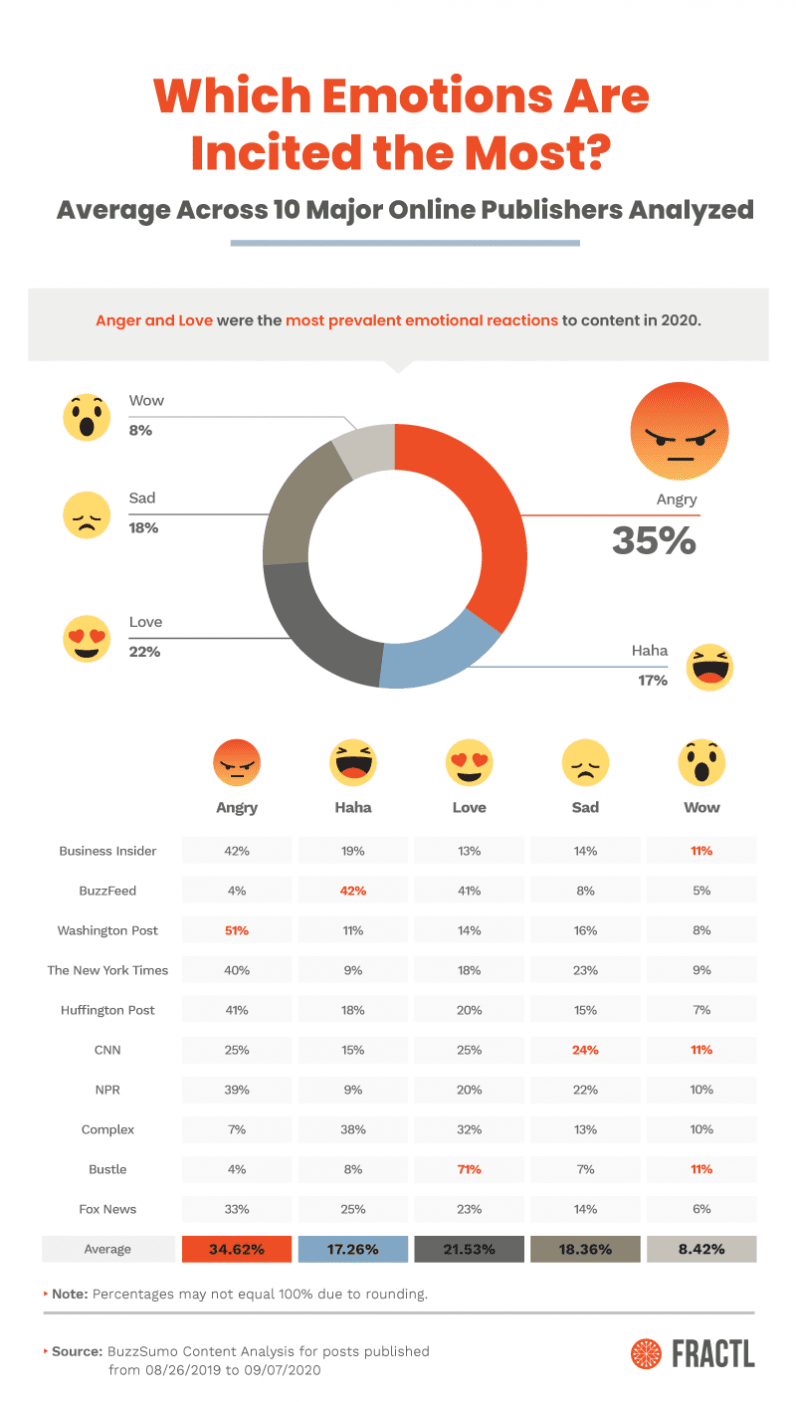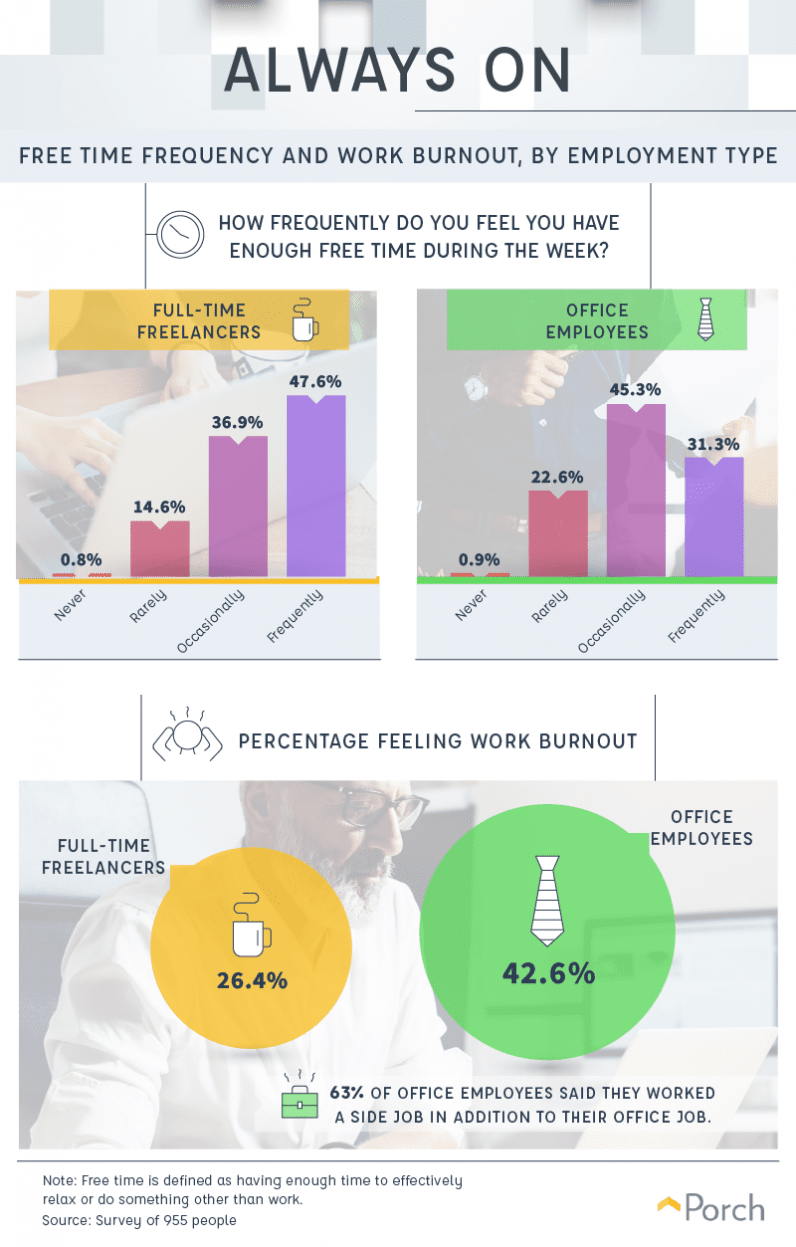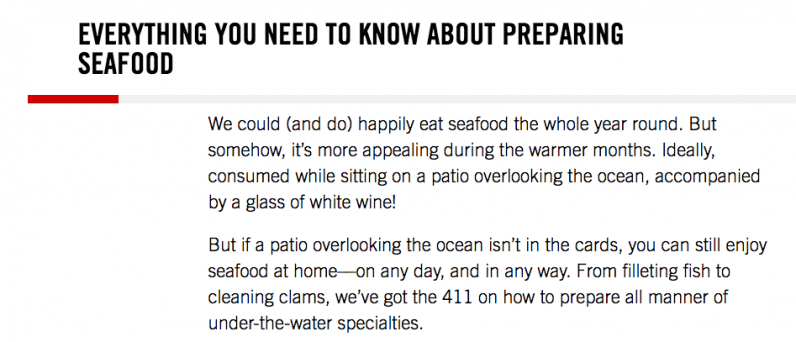People remember what makes them feel.
Content is no different. If you want something to resonate with audiences, you need to tap into what emotions you’re addressing. If you don’t have a handle on this, you won’t execute the content as well as you could have, and you may not engage as many people as you’d anticipated.
Here are some best practices I’ve found when it comes to fusing emotion and content.
Don’t overlook positive emotions
In a recent study, my team at Fractl examined the emotions that are prevalent across top news sites, as part of our job is to earn media coverage for our content. The results shed light on what types of stories these publishers are running and what emotions they’re most likely to incite in readers.

But notice how the love reaction is in second place. People enjoy reading and sharing content that’s uplifting, too, as evidenced by the wild popularity of Some Good News for as long as it lasted.
And in 2013 when we examined the emotions that appear the most often in viral images, positive emotions showed up more frequently than negative ones.

Always look for the unexpected angles in your data analysis; if it shocks you, it’s likely to catch the attention of others, too.
Even when you’re just in the ideation stage, ask yourself: what questions do I not know the answer to, and how could I find those answers with data? (As it turns out, those answers may surprise you.)
Identify and harness those emotions in your content
When you have a content idea, before you begin creating anything, you should identify the emotions involved.
Why? They’ll serve as a guide for how you should direct your research and what you should focus on as the project develops.
At every natural checkpoint of your content creation, you need to confirm that the emotions are a part of your decision-making. When you’re writing a guide, do you know why people will care about this guide? When you’re analyzing data, do you know what insights will emotionally resonate? Keep asking yourself these questions to stay on track.
For example, for our client Porch.com, we did a project comparing what it’s like to be office employees vs. full-time freelancers. We could have done a factual side-by-side comparison, sure, but in the brainstorming stage, we asked ourselves: what are the emotional components here?
That led us to ask questions in our survey around topics like job satisfaction, burnout, and what freelancers missed most about office jobs. We then created assets around those responses, like this one:


Set expectations about emotions in your introduction
This sounds much more dramatic than it is.
Once you’ve identified what emotions are related to your project, or which emotions you’ll cause people to feel as a result of consuming the content, it’s good to lead with that information. What can people expect?
In other words, the typical advice is to tell people in your introduction what they can hope to learn if they keep reading, and you absolutely should do that. But also tell them how they’ll feel after they’re done reading.
Even something super practical like how-to content has an emotional component. Let’s look at McCormick’s content for examples, as they do a great job writing their introductions.

Here’s another example:

Think about how you can include emotion in your introduction to help people understand the emotional benefits of reading on.
Conclusion
Some of your content probably features emotion “accidentally,” because it’s infused in so many topics. But when you’re deliberate about knowing what emotions your content taps into and understanding how to feature them more prominently, your content can be significantly more compelling.
Published November 17, 2020 — 07:00 UTC
"use" - Google News
November 17, 2020 at 02:00PM
https://ift.tt/3nsCTgL
How to use emotion to make your brand’s content more compelling - The Next Web
"use" - Google News
https://ift.tt/2P05tHQ
https://ift.tt/2YCP29R
Bagikan Berita Ini














0 Response to "How to use emotion to make your brand’s content more compelling - The Next Web"
Post a Comment